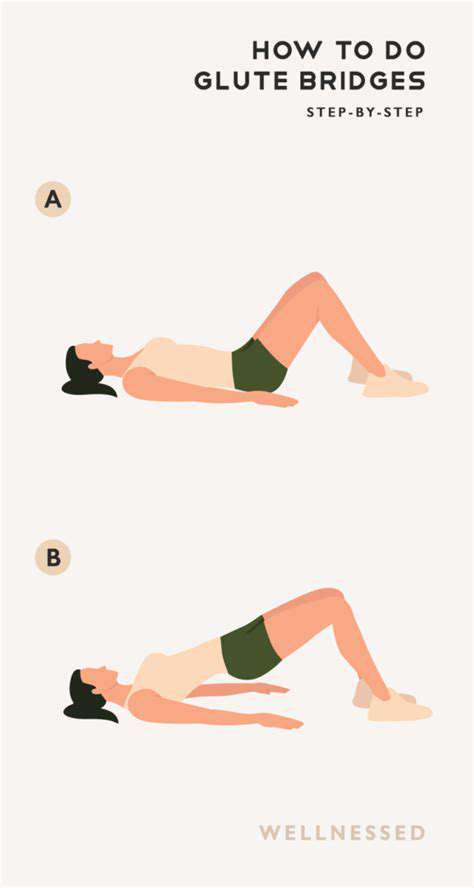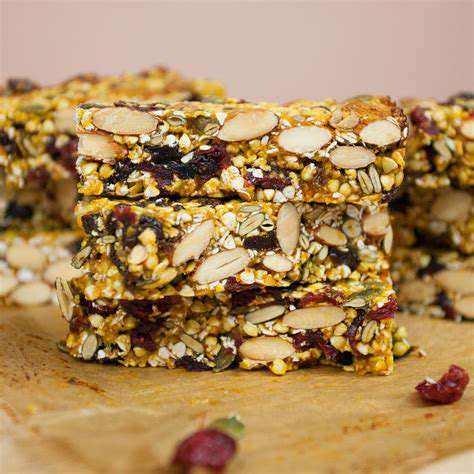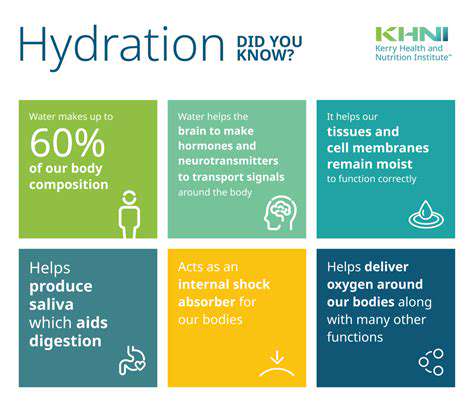How to Warm Up Properly Before Any Exercise
Muscle Preparation Mechanics
Dynamic movements serve two critical functions: they increase synovial fluid production in joints (nature's lubricant) and activate the stretch reflex mechanism that protects muscles from overextension. This dual action explains why proper warm-ups reduce injury rates by nearly 40% according to sports medicine research.
The Injury Prevention Equation
Cold muscles have the elasticity of old rubber bands - brittle and prone to snapping. Warming increases collagen extensibility by up to 30%, transforming your muscles into flexible, resilient power generators. This single factor prevents most common gym injuries from muscle pulls to tendon strains.
Performance Enhancement Factors
Neurologically, warm-ups provide crucial benefits: they lower the activation threshold for muscle fibers and improve nerve conduction velocity by up to 20%. This means your brain can recruit muscle fibers faster and more efficiently - the difference between mediocre and exceptional performance.
Joint Mobility Optimization
The 5-10 degree increase in joint range of motion from proper warm-up might seem small, but it's often the difference between proper form and dangerous compensation patterns. This expanded mobility allows for full expression of movement patterns without stressing connective tissues.
Cognitive Preparation Benefits
Warm-ups trigger the release of BDNF (brain-derived neurotrophic factor), enhancing neural plasticity. This biochemical change improves movement coordination and reaction time - why athletes often report feeling sharper after thorough warm-ups.
The Art of Progressive Warm-Up
Physiological Ramp-Up Protocol
Effective warm-ups follow the SAID principle (Specific Adaptation to Imposed Demands). Your warm-up should mirror the movement patterns of your upcoming workout at 40-60% intensity. This progressive overload approach prepares both mind and body specifically for what's coming.
Cardiovascular Priming
The ideal cardio warm-up follows the talk test principle - you should be able to speak in short sentences but feel noticeably warmer. This typically corresponds to 50-60% of max heart rate, enough to stimulate circulation without causing premature fatigue.
Muscle Activation Science
Targeted activation exercises serve as neural wake-up calls for dormant muscle groups. Research shows 3-5 sets of 10-15 reps at 30% max effort optimally prepares muscles without causing microtrauma. Focus on the prime movers for your upcoming workout.
Movement-Specific Preparation
This phase bridges general warm-up to your actual workout. For weight training, perform 2-3 sets with 50% of your working weight, focusing on perfect form. This greases the groove for proper movement patterns when intensity increases.
Biofeedback Awareness
Your warm-up is a diagnostic tool - joint stiffness, muscle tightness or movement asymmetries often appear here first. These early warnings allow for adjustments before heavy loading, preventing countless potential injuries.
The Cool-Down Imperative
Post-workout, your body needs 5-10 minutes of gradual intensity reduction to clear metabolic byproducts. This active recovery phase reduces DOMS (delayed onset muscle soreness) by up to 30% according to recent studies.
Customizing Duration
Warm-up length should scale with workout intensity and environmental factors. Cold environments may require 25% longer warm-ups, while high-intensity sessions need more thorough preparation than steady-state cardio.
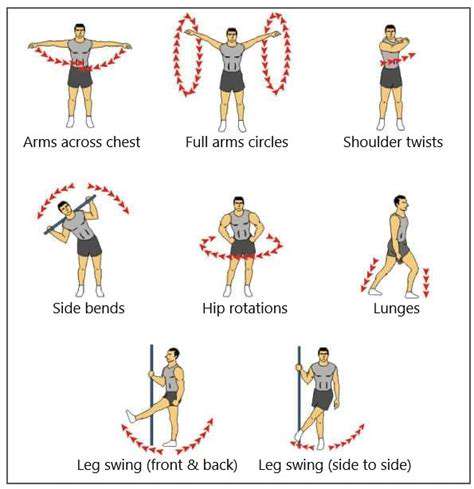
Post-Warm-Up Static Stretching Protocol
The Flexibility Window
Static stretching achieves maximum benefit when muscles are already warm (hence post-warm-up timing). The increased pliability allows for 15-20% greater stretch tolerance, making this the ideal time to work on long-term flexibility gains.
Recovery Enhancement
Holding stretches for 30-45 seconds post-workout capitalizes on the plastic deformation window where muscle fascia remains more malleable. This can improve recovery by enhancing nutrient delivery to worked muscles.
Targeted Stretch Selection
Choose stretches that counterbalance your workout's movement patterns. For example, chest stretches after bench pressing or hip flexor stretches after squats. This approach maintains muscular balance and prevents adaptive shortening.
Neurological Benefits
Static stretching post-activity helps reset muscle spindle sensitivity, reducing excessive tone that can lead to stiffness. This explains why proper post-workout stretching reduces next-day tightness by up to 40%.
Timing Considerations
The 30-second rule has scientific backing - this duration allows for adequate viscoelastic creep in connective tissues without triggering the protective stretch reflex that can counteract benefits.
Safety Protocols
Never stretch to pain - the comfortable tension zone provides all benefits without risk. If you experience joint (rather than muscle) discomfort, modify the stretch or consult a professional.
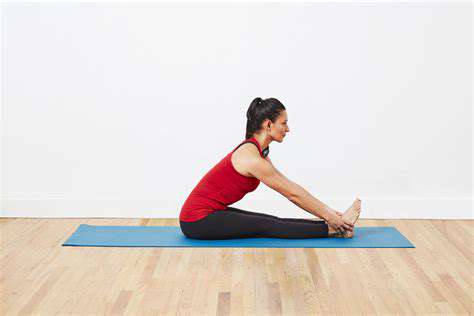
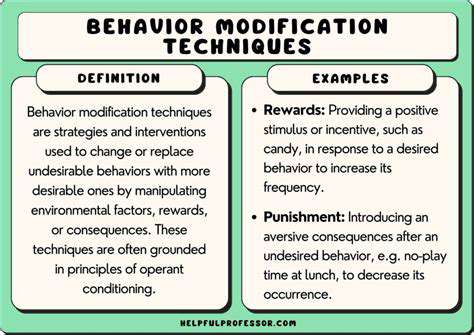
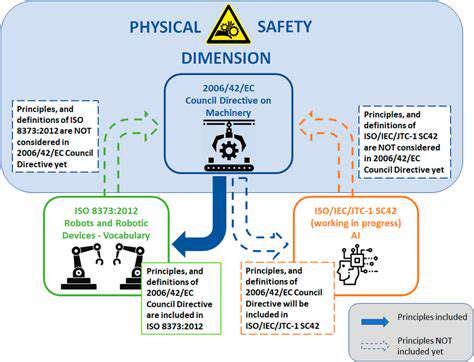
![Best Meditation Apps for Beginners [2025 Review]](/static/images/26/2025-05/Top3MeditationAppsforBeginnersin2025.jpg)
![HIIT Workout for Fat Loss [20 Minute Routine]](/static/images/26/2025-05/Exercises28Example293A.jpg)
